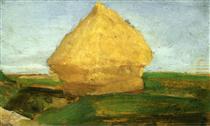
1863 - 1935
Paul Signac

description
A bright representative of new trends in the visual arts of the late nineteenth century.
The artist’s father was a wealthy man, the owner of a store. Received a comprehensive education, but did not paint professionally.
Together with J. Seurat, Paul Signac was at the forefront of Neo-impressionism, and his study “From Eugene Delacroix to Neo-impressionism” became a peculiar manifesto of the new movement. An active social activist, Signac was president of the Salon of Independent and received recognition during his lifetime. His paintings were popular and participated in various exhibitions. In 1911, the artist received a prestigious award – the Order of the Legion of Honor.
Key ideas:
– The name of Paul Signac is often mentioned along with the name of Georges Seurat. The work of these two artists is really closely intertwined. Working on the possibilities of the color palette, Georges and Paul discovered a new way to more vividly display reality, and called it divisionism, or pointillism. Very quickly, Signac became an adherent of this method, the essence of which is to use separate points of pure color instead of brush strokes, which gives a brighter and clearer image of the world. Paintings in the style of pointillism resemble a mosaic on closer examination.
– In comparison with the artistic method applied by Seurat, who used a rational approach to painting, the work of Paul Signac has significant differences. More emotional and relaxed than his older comrade, the artist had an amazing ability to reflect emotional experiences with paint and line. He not only embodies the scientific theory of a combination of contrasting colors, but also subordinates the image to emotions, feeling and mood.
– Signac often traveled and depicted landscapes in his canvases. His most favourite motif was sea. His best works are seascapes (marines), enticing with not only beauty but also the knowledge of the topic, since Signac was an avid yachtsman. During his long life, he visited the most remote corners of the Atlantic and Mediterranean coasts of France, sailed off the coast of Belgium, Holland, England, Italy and even Turkey. The coasts, harbors, ports, ships and boats were painted by him with love and reverence for the water element. One of the best marinas of Signac is the painting “Red Buoy” (1895), called by critics “the song of light and solar life”.
1863
1882
1883
1884
1886
1892
1899
1908
1911
1935
The birth of the artist
Under the influence of Impressionists
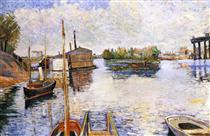
For several months, he attended the Bean’s workshop
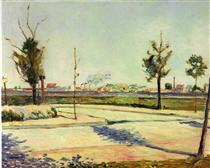
Neo-Impressionism
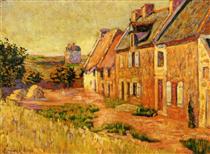
Pointillism
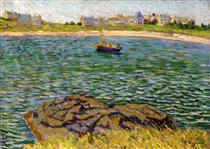
Lived in the southern town of Saint-Tropez
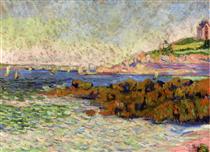
“From Delacroix to Neo-Impressionism”
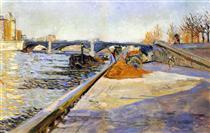
Became the President of the Salon of Independent
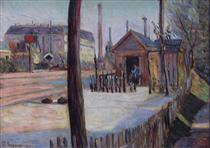
He was awarded the Order of the Legion of Honor.
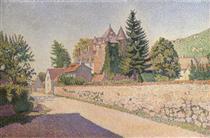
The death of the artist
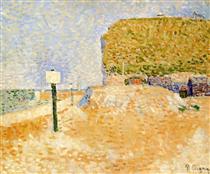
Paul Signac
On Artist
flow
Impressionism
friends
Georges Seurat
Vincent van Gogh
Camille Pissarro
Henri Mangen
artists
Claude Monet
Albert Dubois-Pille
By Artist
flow
Futurism
Cubism
Pointillism
friends
Georges Seurat
Vincent van Gogh
Camille Pissarro
Henri Mangen
Henri Cross
Maximilien Luce
Theo van Reisselberg
artists
Henri Matisse
Edouard Vuillard
Felix Vallotton
Andre Derain
